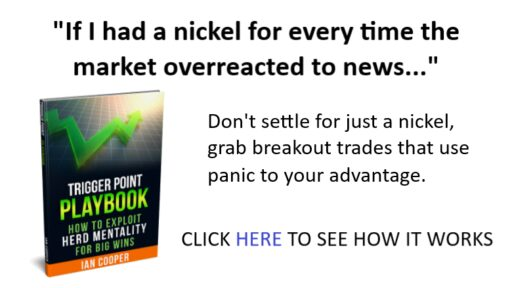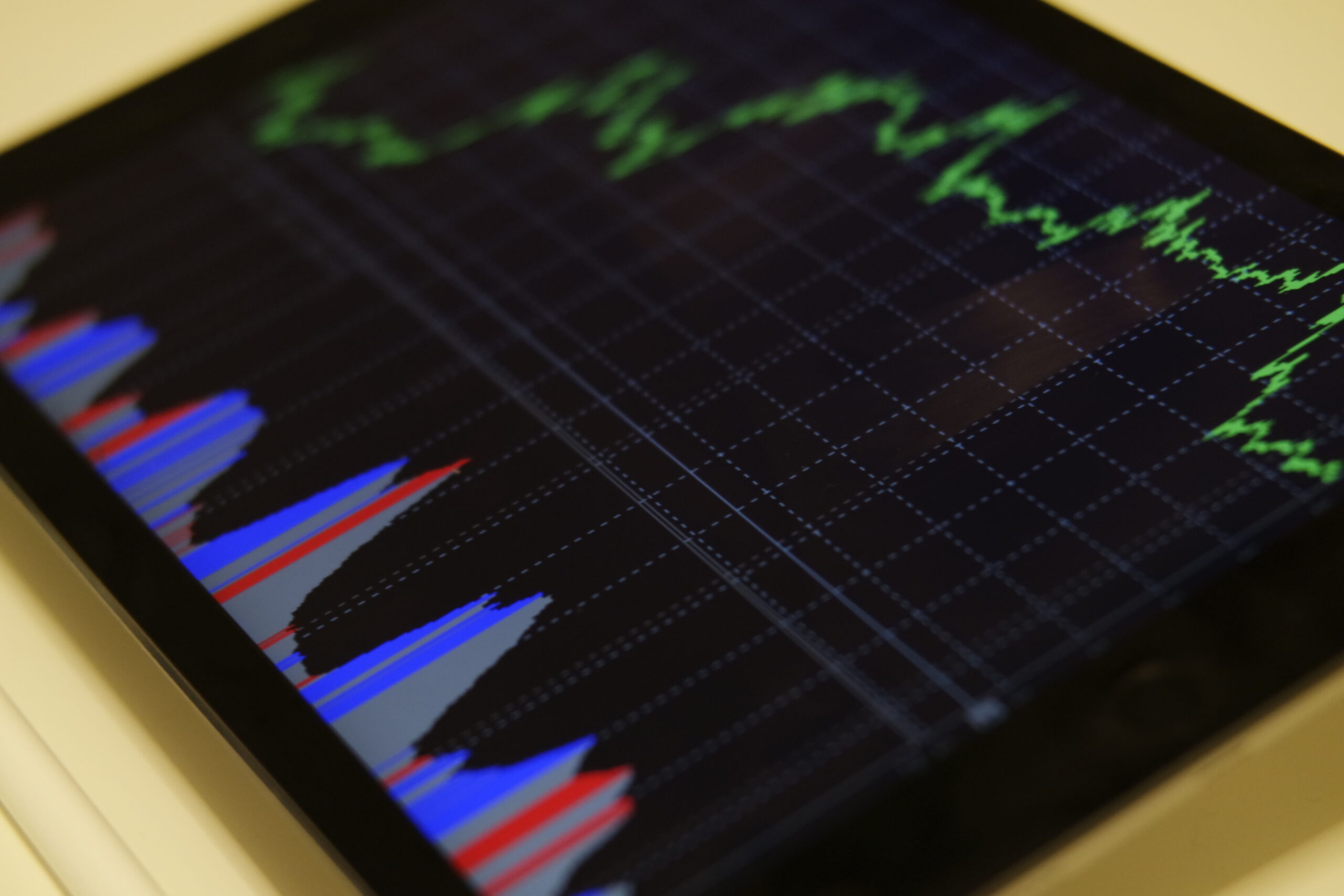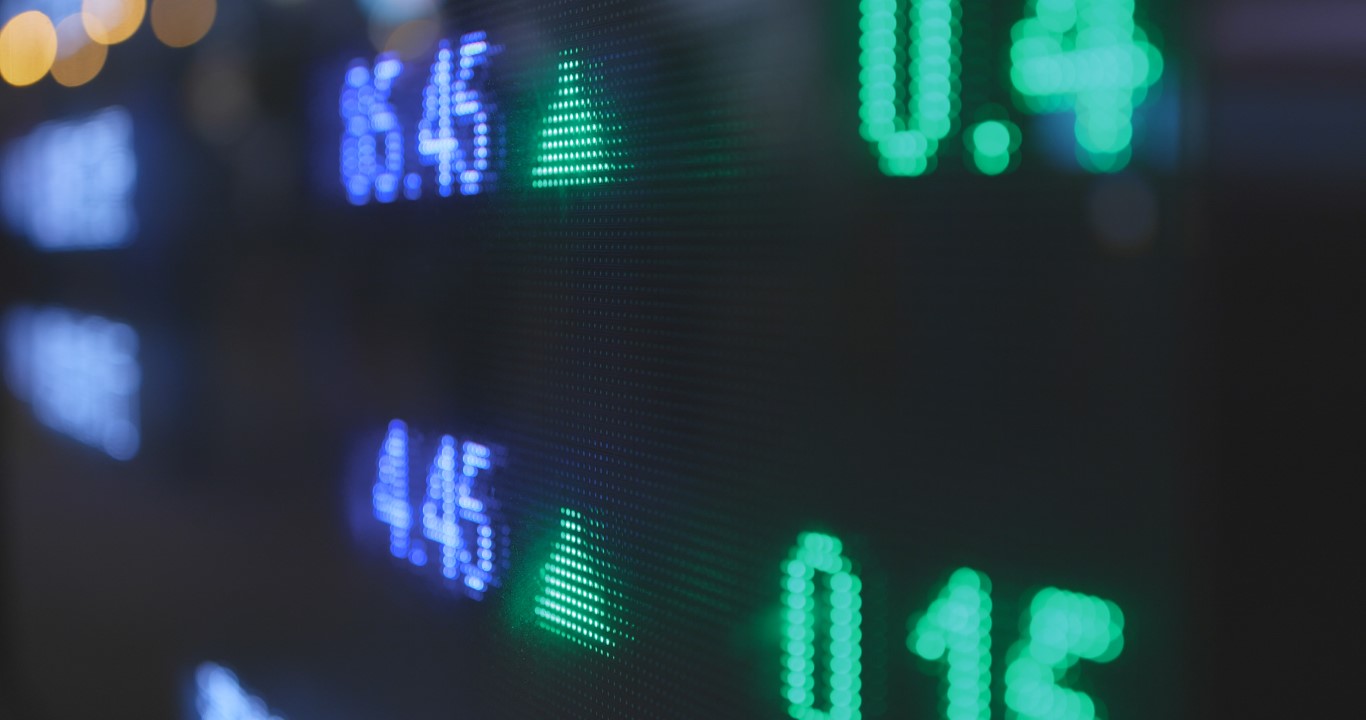by Adam Oliensis
If a picture (chart) is worth a thousand words, then what is the picture (chart) telling us? Are the prospects bullish, bearish or uncertain? Charts can help us determine direction and a potential price target. Knowing when to buy and sell can lead to potential profits.
ULTIMATELY IT BOILS DOWN TO SIGNALING WHEN TO BUY AND WHEN TO SELL. There are a plenitude of ways to measure when it’s time to buy and when it’s time to sell. There are breakouts, breakdowns, measured moves, bounces and failures (of trendlines, moving averages, support, resistance, and so on.), one day candlestick patterns, three day candlestick patterns, Fibonacci retracements, Fibonacci price targets, Parabolic Stop and Reverse signals, sentiment measurements, oscillator signals, and a further infinitude bounded only by the limits of human imagination.
Technical Analysis (TA) is good for giving you buy and sell signals. Are they always correct? Absolutely not. Can you derive a trading system that is right more often than wrong? You bet. Can you derive a trading system that nets larger average gains than losses? Absolutely. Can you find a method that TENDS to make money? That’s our goal.
TA is also good for controlling risk.

An important aspect of TA is that it can provide you with a discipline for getting out when you’re on the wrong side of a trade. The easiest thing in the world to do is to get the wrong side of a trade and to get stubborn. That is also potentially the worst thing you can do. Believe me. I have made this mistake. You think that if you ride it out you’ll be OK. And the most seductive thing is that often times you WILL be OK. However, there will also be those occasions when you WON’T be OK. The stock will move against you in ways and to an extent that you previously had found virtually unimaginable.
Now, the next part I’m going to write in caps. And I want you to read it all three times. Don’t skip over the second and third iterations.
IT IS MORE IMPORTANT TO CONTROL RISK THAN TO MAXIMIZE PROFITS!
IT IS MORE IMPORTANT TO CONTROL RISK THAN TO MAXIMIZE PROFITS!
IT IS MORE IMPORTANT TO CONTROL RISK THAN TO MAXIMIZE PROFITS!
OK, Adam Oliensis says so, but why is it so?
In the broadest sense, because of the asymmetry between zero and infinity.
What does that mean? Unless you are someone very special, you have finite capital. Most likely you have VERY finite capital. With a market of thousands of stocks and with a new trading session 5 days a week, you have a functional infinity of opportunities.
If you lose an opportunity, you will have thousands more tomorrow. IF YOU LOSE YOUR DOLLARS, WILL YOU GET THOUSANDS MORE TOMORROW? MOST LIKELY NOT. YOU WILL HAVE ALSO LOST YOUR OPPORTUNITIES. Your capital is worth more to you than your opportunities, because you must have capital in order to be in a position to take advantage of tomorrow’s opportunities.
It’s simple supply and demand. Your capital is scarce. Your opportunities are plentiful. Waste what’s plentiful, preserve what’s scarce.
Preserve your capital because your capital IS your opportunities.
That is why: IT IS MORE IMPORTANT TO CONTROL RISK THAN TO MAXIMIZE PROFITS!
One of the most important things TA can do, if practiced with discipline, is to give you specific parameters for managing risk. Which is to say, for exiting trades that go bad. And we ALL have trades that go bad. Everyone. Even the most brilliant traders have trades that go bad.
Wall Street history is littered with the corpses of geniuses who trounced the market, overstayed their welcome, and were subsequently wiped out. Do the names Amaranth Advisors and Brian Hunter ring a bell? How about Long Term Capital Management (LTCM)? Stanley Druckenmiller?
Hunter was Amaranth’s star Natural Gas trader in ’06 then suddenly lost $5 Billion in a week.
LTCM (populated by two Nobel laureates among a number of very smart people) went bankrupt betting that what almost always happens would happen “this time.” Why did they go bankrupt? Was it because what usually happened DIDN’T happen that time? Well, it didn’t happen…not right away… but that’s not why they went bankrupt. Their liquidity ran out. The market remained irrational longer than they could remain solvent. They went belly up because they didn’t know when to quit, because they didn’t manage their risk.
And Druckenmiller (a much vaunted Wall Street savant) was fired as manager of George Soros’ fund group after the Tech Bubble burst in 2000…again, not just because he was on the wrong side of the market when the bubble burst, but because he didn’t manage risk when he was on the wrong side of the market.
You can be right a thousand times, become very wealthy, and then get wiped out completely if you manage your risk poorly just once.
One last time: That is why IT IS MORE IMPORTANT TO CONTROL RISK THAN TO MAXIMIZE PROFITS!











Recent Comments